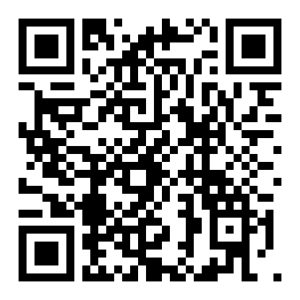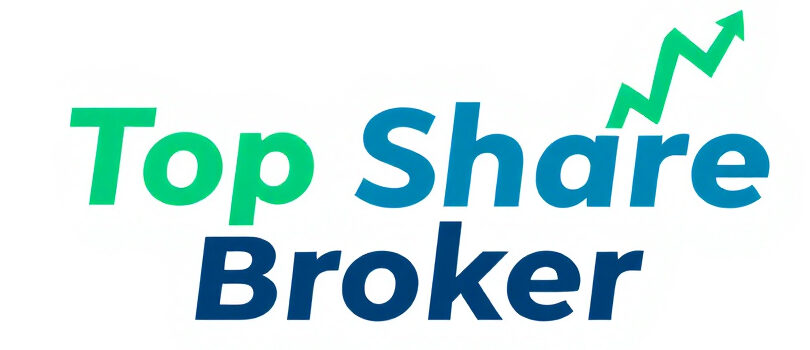What is Blockchain?
What is Blockchain? A Complete Beginner’s Guide to How It Works
If you’ve ever tried to understand cryptocurrency, NFTs, or DeFi, you’ve likely come across the term blockchain again and again. It’s one of those buzzwords that everyone throws around, but very few people truly grasp. Is it just a fancy database? A new type of internet? Or something much bigger that could transform industries far beyond crypto?
In this guide, you’ll learn exactly what blockchain is, how it works at a basic level, why it’s secure, and why so many people believe it’s the future of everything from finance to supply chains and voting systems. Whether you’re a curious beginner or an aspiring crypto investor, mastering the basics of blockchain is your first step to understanding this digital revolution.
Blockchain: A Simple Definition
Let’s start with the simplest explanation: a blockchain is a decentralized, digital ledger. It records information in a way that’s secure, transparent, and very hard to tamper with.
To visualize this, imagine a giant notebook that’s duplicated and shared across thousands of computers around the world. Every time someone writes something new in the notebook — like recording a transaction — everyone’s copy gets updated at the same time. Once something is written, it can’t be erased or changed without the agreement of the entire network. This is the core idea that makes blockchain so powerful: trust through transparency and consensus, rather than relying on any single authority.
Business News
A Brief History: How Blockchain Began
The idea of blockchain technology didn’t start with Bitcoin, but Bitcoin made it famous. In 2008, during the global financial crisis, the mysterious person (or group) known as Satoshi Nakamoto published a whitepaper describing Bitcoin: a decentralized digital currency that wouldn’t need banks or governments to verify transactions. The way this was possible was through a technology called blockchain.
Since then, the concept has grown far beyond cryptocurrency. Innovators are exploring how blockchains can improve industries like healthcare, supply chain management, digital identity, real estate, and even voting systems. But crypto remains the biggest and most visible use case for blockchain today.
How Does a Blockchain Work?
Let’s break it down step by step.
A blockchain is made up of blocks that are linked together in a chain — hence the name. Each block contains:
- A list of transactions or data
- A timestamp
- A unique code called a hash
The hash of the previous block, which links them together
When someone initiates a transaction — say, sending Bitcoin — that transaction goes to a pool of unconfirmed transactions. Special participants in the network (miners or validators, depending on the system) verify that the transaction is legitimate. Once verified, the transaction is bundled with others into a block.
To add this block to the chain, a consensus mechanism comes into play. In Bitcoin’s case, this is called Proof of Work. Miners solve a complex mathematical puzzle, and the first to solve it gets to add the new block and earns a reward. In newer blockchains like Ethereum (after its merge), this is done through Proof of Stake, where validators lock up crypto as collateral to keep the network secure.
Because each block contains the hash of the block before it, changing a single block would require changing every block after it — a nearly impossible task across thousands of computers.
Why Blockchain is Secure
Blockchain’s biggest selling point is its security. Here’s why it works:
- Decentralization: There’s no single point of failure. Even if some computers fail or are hacked, the rest keep the network running.
- Consensus Mechanisms: Rules like Proof of Work or Proof of Stake make it very costly for bad actors to take control.
- Immutability: Once a block is added, it’s nearly impossible to change. This makes fraud and double-spending extremely difficult.
- Transparency: Anyone can view the blockchain’s history. For public blockchains like Bitcoin or Ethereum, you can literally trace every transaction back to the beginning.
Together, these features mean you don’t need to trust a bank, company, or government to keep the ledger honest — the network does it for you.
Public vs Private Blockchains
Not all blockchains are open to everyone. Public blockchains, like Bitcoin and Ethereum, allow anyone to participate — they can read the ledger, propose transactions, and help validate them. This is the ultimate vision of decentralization.
Private blockchains, on the other hand, are controlled by a single organization or a group of trusted participants. These are popular in industries like banking or supply chain management, where companies want the benefits of a secure, shared ledger but still need to control who can write to it.
A related concept is permissioned blockchains, which blend elements of both. Anyone can read the blockchain, but only approved participants can validate transactions or create new blocks.
Business News
Blockchain in Action: Real-Life Use Cases
While cryptocurrency is blockchain’s poster child, its potential goes far beyond digital money. Here are a few examples:
1. Decentralized Finance (DeFi)
DeFi platforms run on blockchains like Ethereum, using smart contracts to automate lending, borrowing, and trading — all without banks.
2. NFTs and Digital Ownership
Non-Fungible Tokens prove ownership of unique digital items — like art, music, or even virtual land — with the record kept on a blockchain.
3. Supply Chain Tracking
Companies can use blockchains to track goods from manufacturer to store shelf, improving transparency and reducing fraud or counterfeit products.
4. Digital Identity
Blockchains can store personal identity data in a way that gives you more control over who accesses it and how it’s used.
5. Voting
Some developers envision voting systems on blockchains, making elections more secure and less prone to tampering.
These use cases are still evolving, but they show just how flexible blockchain technology can be.
What are Smart Contracts?
One of blockchain’s biggest breakthroughs is the smart contract — a piece of self-executing code that runs when specific conditions are met. Smart contracts remove the need for middlemen.
For example, imagine two people betting on a sports game. Instead of trusting each other or a bookmaker, they write a smart contract that says: “If Team A wins, pay Alice; if Team B wins, pay Bob.” The contract pulls the game result from a trusted source and automatically pays out. No one can cheat or refuse to pay — it’s all coded.
Smart contracts are the foundation of DeFi, NFTs, and many blockchain-based games and apps.
How Does Mining Work?
In blockchains like Bitcoin, mining is how new blocks are added and new coins are created. Miners use powerful computers to solve mathematical puzzles. The first to solve it gets to add the block and earns a reward.
Mining is competitive and requires significant electricity and hardware. This has led to debates about its environmental impact, pushing many new blockchains to adopt more eco-friendly consensus mechanisms like Proof of Stake.
What Makes Blockchain So Revolutionary?
Blockchain’s power comes down to four game-changing features:
- Trustless: You don’t have to trust a central party.
- Transparent: Everyone can see what’s happening.
- Immutable: Records can’t be easily changed.
- Decentralized: No single point of failure or control.
These qualities open doors for innovation. Imagine a world where artists sell their work directly to fans without a middleman taking a cut. Or small businesses getting instant payments without waiting days for bank settlements. Or farmers verifying their supply chain to prove food is organic.
Challenges and Limitations
Blockchain isn’t perfect. Some challenges include:
- Scalability: Popular blockchains can get congested, leading to high fees.
- Energy Use: Proof of Work systems like Bitcoin use lots of electricity.
- Regulation: Governments are still figuring out how to regulate crypto and blockchain projects.
- User Experience: Using blockchains often requires extra steps, like managing private keys, which can be confusing for beginners.
These challenges are driving constant research and upgrades — from Layer 2 solutions to entirely new consensus models.
The Future of Blockchain
We’re still in the early days of blockchain technology. Some experts compare it to the early internet — clunky but full of potential. Over time, blockchains will likely become faster, cheaper, and easier to use, opening up new opportunities in finance, entertainment, healthcare, and beyond.
Whether you’re planning to invest in crypto, build a dApp, or simply want to understand the headlines, knowing what blockchain is and how it works will help you make sense of it all — and maybe even spot your next big opportunity.
Final Thoughts
Blockchain is more than just a tech trend — it’s a shift in how we think about trust, ownership, and control in the digital age. It’s the backbone of Bitcoin, Ethereum, DeFi, and countless projects that aim to put power back in the hands of people.
Take your time to learn the basics, follow the news, and stay curious. The more you understand blockchain, the better prepared you’ll be to navigate the exciting world of crypto and beyond.
No Posts Found!
By Popular Top Share Brokers

Motilal Oswal
30 days brokerage free trading
Free – Personal Trading Advisor

AngelOne
Free Equity Delivery
Flat ₹20 Per Trade in F&O

Profit mart
Free Equity Delivery
Flat ₹20 Per Trade in F&O

ProStocks
Unlimited @ ₹899/month
Rs 0 Demat AMC

Upstox
FREE Account Opening
Flat ₹20 Per Trade

Paytm Money

Pay ₹0 brokerage for first 10 days
Flat ₹20 Per Trade

Fyers
Free Eq Delivery Trades
Flat ₹20 Per Trade in F&O




